
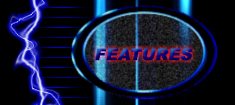
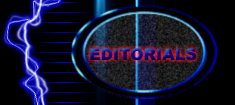
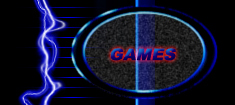
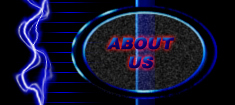
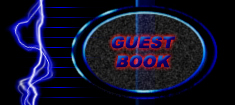
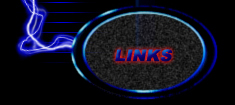
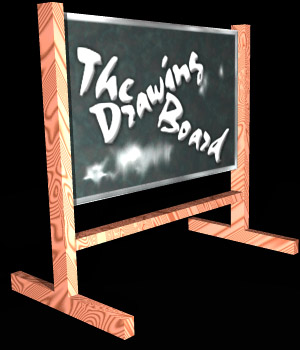
by Logan Everett (E-mail Me)
#5 - Game Design
In this editorial I'd like to lay down some basic terms and concepts used when discussing game design and game theory. Some of them are commonly used, and some of them are only used by me as far as I know. Game Design is the term used to describe the ideas behind a game. It is the first step in building a game, and if it's done right then most of the ideas will make their way into the actual game.
For this discussion we will compare a board game, Chess, to a computer game, StarCraft (all rights Blizzard Software). Each game has three main parts:
- The Board - This is the surface that the game is played on. Once a round of the game has started, the board does not change.
- The Pieces - These are the physical elements of the game that interact with each other and the players throughout the game.
- The Rules - These define how the pieces and board interact with each other and the player.
First let's take a closer look at the board. In Chess, the board is made of white and black squares. When pieces move around the board, these squares guide piece movement. The board itself does not move. In StarCraft, the board is the terrain of the map. This terrain also guides the movement of the pieces by defining barriers and pathways. In both cases the board is static, meaning it does not change. Granted, when you get to the next level in StarCraft you are on a different board, but during that level the board does not change. Therefore we can say that the board is the static elements of the playing surface. Note that in StarEdit (the map editor that comes with the game) you can place resources into the map. These resources are not part of the board because they can be used up and then disappear. Doodads, which are static elements such as rocks, trees, and bridges, are part of the board because they don't do anything except create paths or obstacles.
Now, those resources I mentioned would be game pieces because they change throughout the game. Other game pieces, such as a resource-collecting drone, can interact with this piece, and it will change in response. In Chess, the pieces are... well, the pieces, you know, those white and black plastic figures. The pieces move around the board killing each other, just like in StarCraft.
The last part to this puzzle is Game Mechanics. In Chess these are the rules. Bishops only move diagonal, Rooks only move horizontal or vertical, and so on. In StarCraft, the computer needs to know how much damage a tank should do, or what pieces can fly over all the terrain barriers. Get it? Got it! Good.
Now, we can break these three categories down further. Boards are simple and don't need to be broken down. They become more complex at the programming level, but we aren't talking about that. Pieces, however, are quite complex, so let's talk about them.
- Neutral Pieces - these are elements within the game that react the same to all players. In Chess, there are none, but in StarCraft we have the indigenous creatures and the resources.
- Dedicated Pieces - these are the elements within the game that are dedicated to one player (or two or three in team games, as long as they aren't dedicated to all players) and therefore will react differently to opposing pieces than they will towards fellow dedicated pieces. So, a white king will not be harmed by white pieces, but can capture black pieces in Chess. In StarCraft a tank controlled by the red player will only attack non-Red pieces.
- Player Interface - Yes, this is a piece. The buttons and commands allotted to the player are part of the interface. The player interacts with all their dedicated pieces through the Interface. In Chess, it is your hand. In StarCraft, it is the set of buttons and the mouse cursor.
Okay, so now we understand pieces. The other big complex thing is Game Mechanics, which breaks down as follows:
- Board Mechanics - These are the rules that define how pieces move on the board. In Chess we have the movement of knights and kings and so on. In StarCraft we have flying pieces that can move over obstacles, and ground pieces that have to find a path through the map.
- Piece Interaction Mechanics - These are the rules that determine how certain pieces interact. In Chess, what happens when a piece moves to a spot where there is already another piece? In StarCraft what happens when a tank attacks a soldier?
- Internal Mechanics - These are the rules that determine how a piece handles the data it receives after an interaction. These rules are not present in Chess, but in StarCraft a marine must keep track of its health. When the health reaches 0, an internal mechanic determines that the marine is dead.
This general model is an excellent starting point for designing a game. You may find that a feature does not fit into any of these categories, but exceptions are rare. In future articles I will refer back to this so make sure you understand it. If you have any questions, E-mail me from the link above.
Page Updated: 2/7/00
